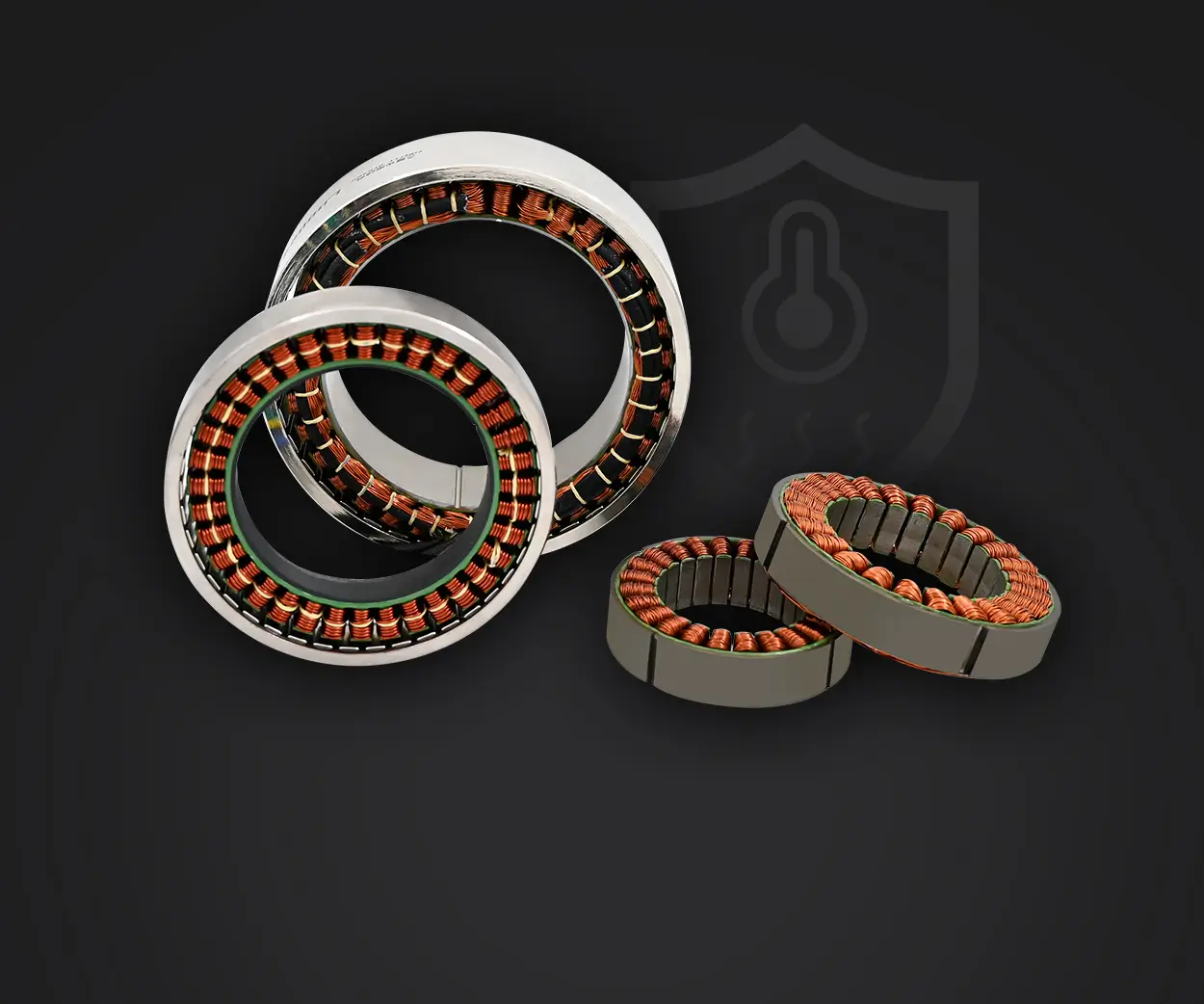In the vast universe of electronics and robotics, few components are as versatile and fundamental as the DC motor. From small hobby projects to complex industrial automation, DC motors are everywhere—driving wheels, powering robotic arms, and spinning dashboards. However, at their core, most DC motors operate as simple, on-off devices—they accelerate when voltage is applied, and stop when voltage is cut off. They lack the ability to hold a position precisely or move to a specific angle with accuracy, which limits their application in tasks demanding finesse and control.

That’s where the concept of a servo comes into play. A servo motor is a specialized actuator designed to provide precise control of angular position, velocity, and acceleration. It incorporates feedback systems—either through potentiometers, encoders, or other sensors—that constantly inform the control system of the motor’s actual position. This feedback allows the servo to adjust its output dynamically, achieving high accuracy and repeatability.
The exciting part? Most hobbyists and engineers don’t need to buy a dedicated servo motor to get the benefits of these sophisticated control features. With a little ingenuity, any standard DC motor can be transformed into a servo—turning a regular motor into a smart, precise actuator capable of fulfilling tasks requiring accuracy, repeatability, and stability.
The core idea behind converting a DC motor into a servo involves integrating a feedback mechanism along with a control system that can interpret and respond to that feedback. The typical setup includes a motor, a position sensor such as a potentiometer or encoder, a controller (like an Arduino, Raspberry Pi, or any microcontroller), and a motor driver capable of modulating power to the motor based on control commands.
By implementing a Proportional-Integral-Derivative (PID) controller, you can fine-tune how your motor responds to errors between your desired and actual positions. The PID algorithm fundamentally adjusts the voltage or PWM (Pulse Width Modulation) signals being sent to the motor to minimize those errors, thus enabling precise control.
Why convert a DC motor into a servo? Because it offers tremendous flexibility and cost-effectiveness. Instead of purchasing a specialized servo motor, which can sometimes be expensive, you build your own customized solution tailored for your project’s unique requirements. Whether you’re building a robotic arm, automated camera slider, or an educational project, this approach puts the power of servo control right at your fingertips—using basic components and some simple electronics.
Here's an outline of the process:
Select Your DC Motor: Choose a motor with the appropriate torque, speed, and size for your application. Keep in mind that the motor's durability is vital since it will be running continuously under control.
Add a Feedback Sensor: Attach a potentiometer or an encoder to the motor shaft to measure position. Potentiometers are cheap and easy to implement, making them perfect for experimental setups, while encoders provide higher resolution and durability for demanding applications.
Design the Control Circuit: Use a microcontroller to read the feedback sensor’s signal and compare it with your target position. Implement a PID algorithm in code to determine how much power to send to the motor.
Motor Driver & Power Supply: Use a suitable motor driver, such as an H-bridge, to handle the current and voltage requirements. Ensure your power supply can handle the motor's load and voltage specifications.
Tune Your PID: Adjust the PID parameters to optimize response—minimize overshoot, reduce settling time, and ensure steady-state accuracy.
Test and Refine: Run your setup through various test positions and speeds. Fine-tune the PID parameters as needed to achieve smooth, accurate motion.
Benefits of this DIY approach include customizable features—like adding limit switches, integrating communication protocols for remote control, or even combining multiple feedback types for more complex operations.
Imagine the possibilities—using your homemade servo for precise robotic movement, automated art installations, or even custom automotive projects. The beauty of it lies in understanding the fundamentals, gaining control over your hardware, and the satisfaction of turning an everyday motor into a smart, capable actuator.
But before diving into the technical details, it’s worth considering the limitations. Not all motors are created equal—some might lack the torque or speed for your needs, or the feedback sensors might introduce complexity. Also, perfecting the control algorithm requires patience and experimentation. Still, the learning curve is a small price to pay for complete control and customization, especially if you’re passionate about learning and building from scratch.
In the next part, we will explore specific configurations, detailed wiring diagrams, code snippets for control algorithms, and real-world project examples that demonstrate turning your DC motor into a reliable, high-performance servo. Whether you’re a hobbyist eager to expand your skills or a professional looking for a cost-effective solution, this guide aims to empower you to harness the full potential of your standard motors.
Kpower has delivered professional drive system solutions to over 500 enterprise clients globally with products covering various fields such as Smart Home Systems, Automatic Electronics, Robotics, Precision Agriculture, Drones, and Industrial Automation.




































